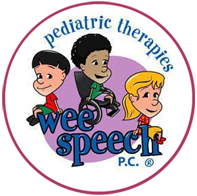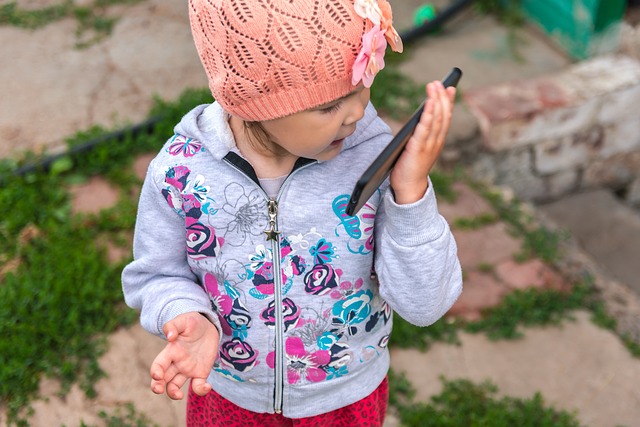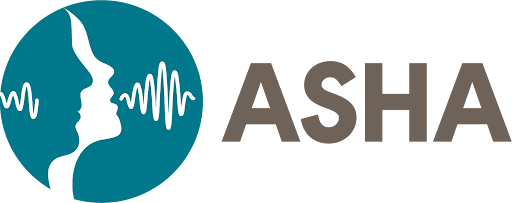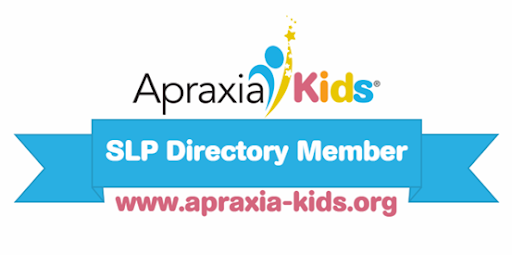
What is a social story?
A social story is a tool used primarily in special education and therapeutic settings to help individuals, particularly those with autism spectrum disorder (ASD), understand social situations, expectations, routines, and appropriate behaviors. Developed by Carol Gray in the early 1990s, social stories are structured narratives that provide individuals with clear and concrete information about social interactions or events they may encounter. These stories typically include descriptive sentences, pictures, and sometimes simple language to convey the message effectively. Key features of a social story include: Objective: Social stories describe a specific social situation or behavior objectively, highlighting relevant details such as who, what, when, and where. Perspective Taking: Social stories often aim to encourage perspective-taking by helping individuals understand others’











